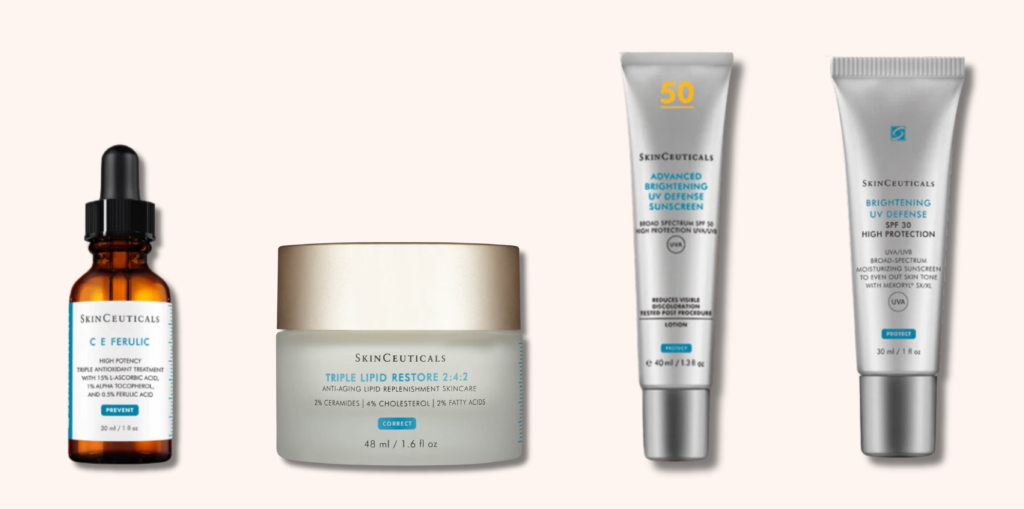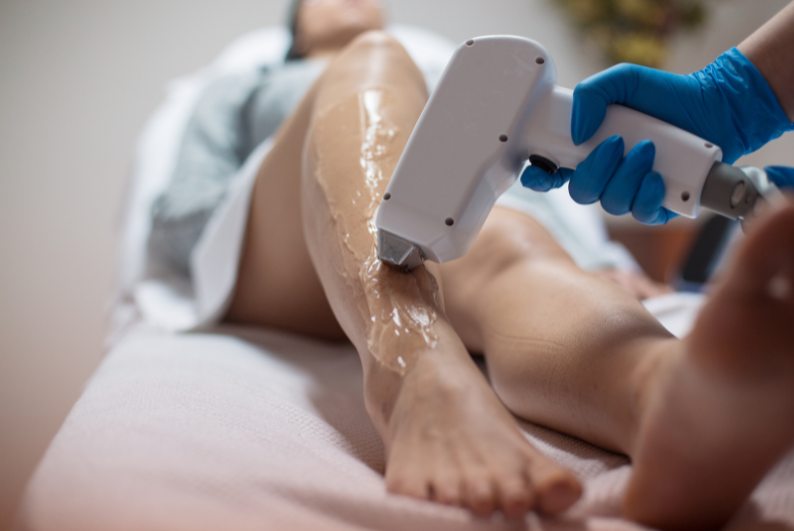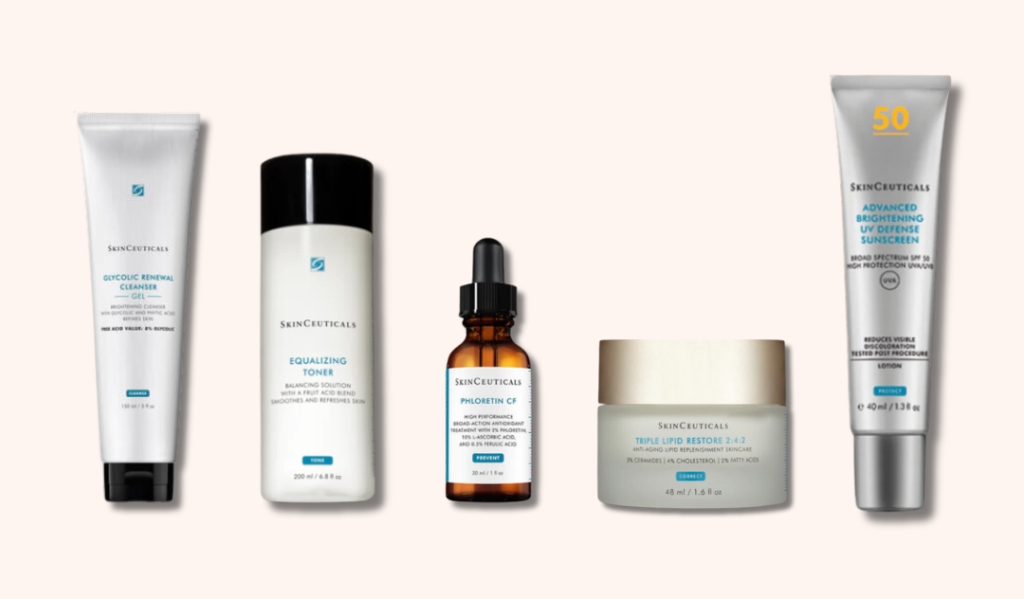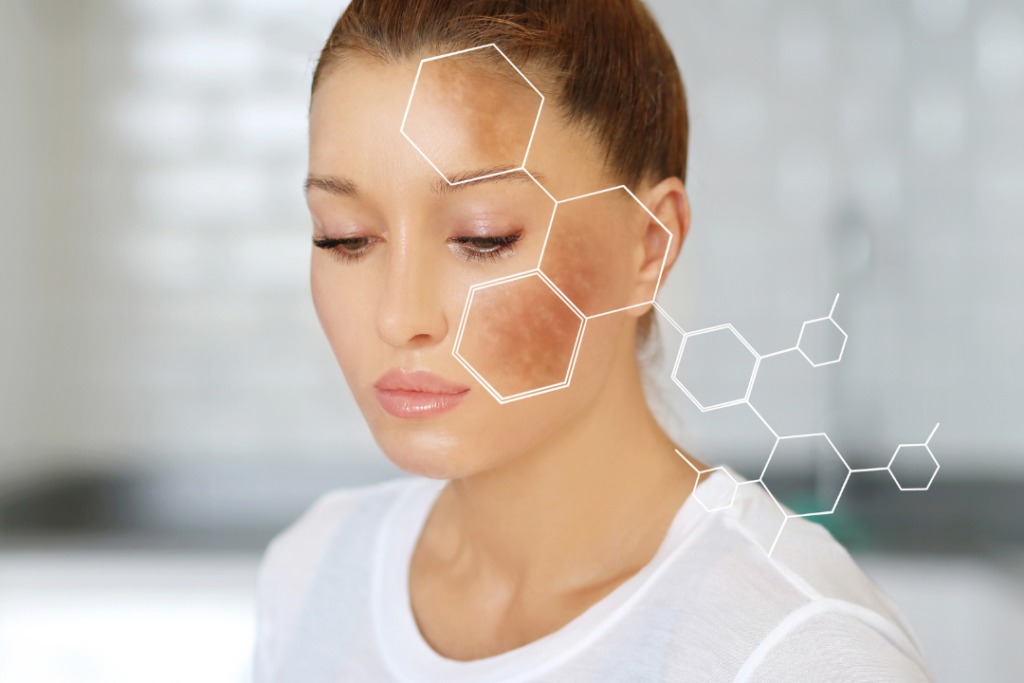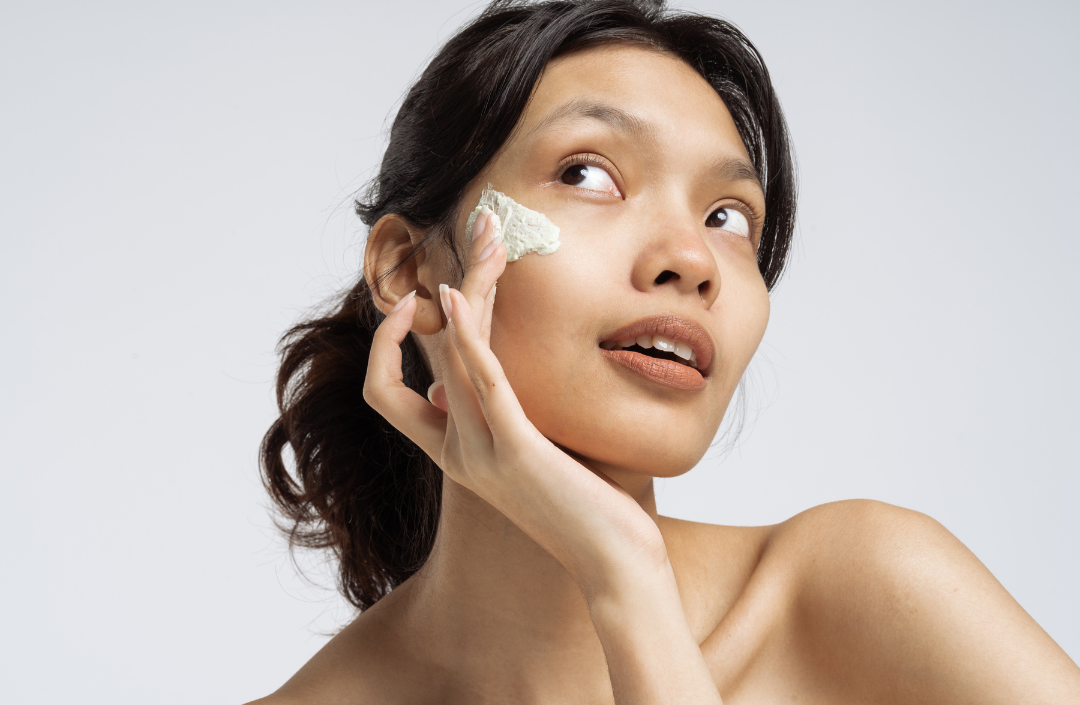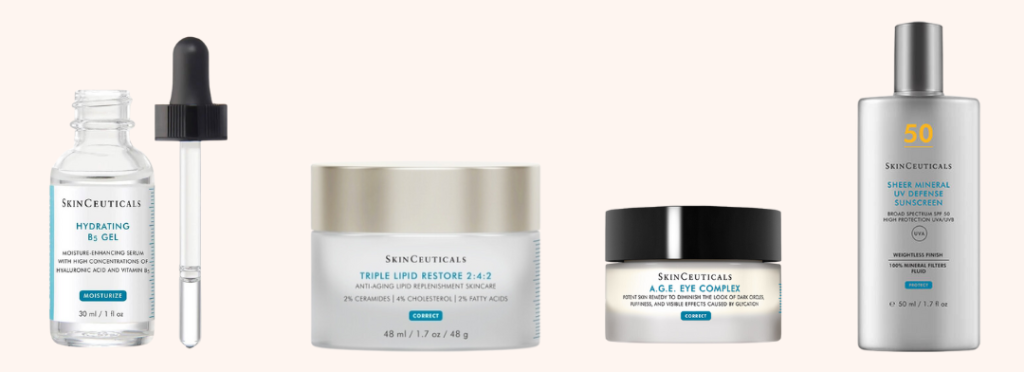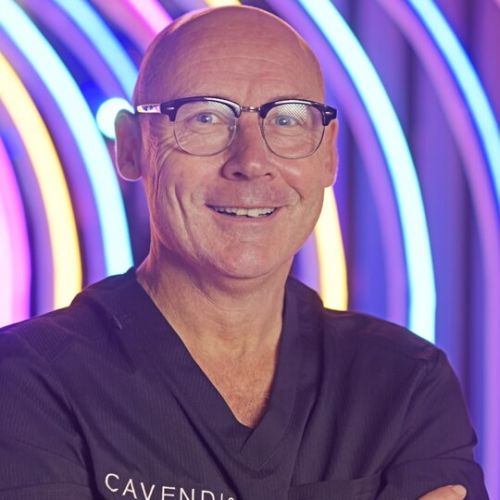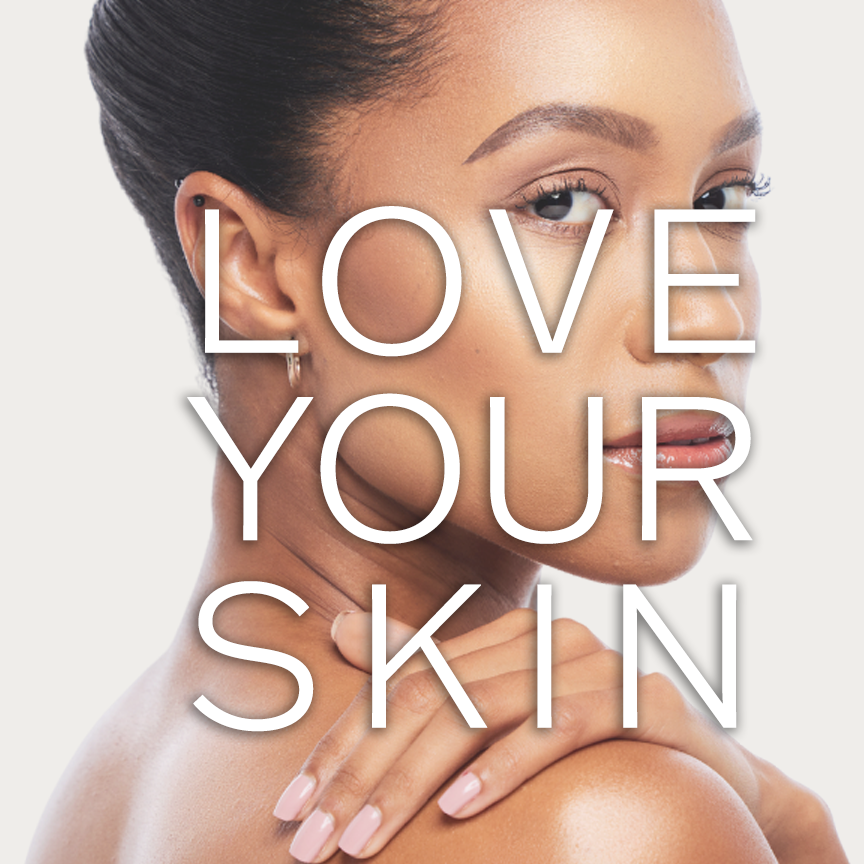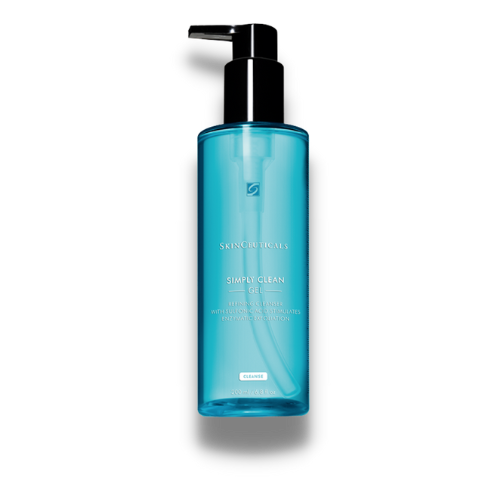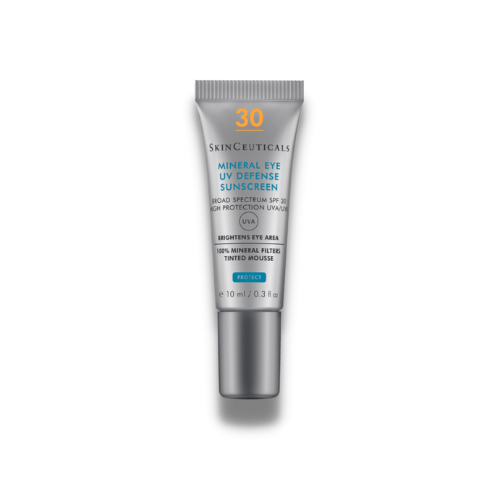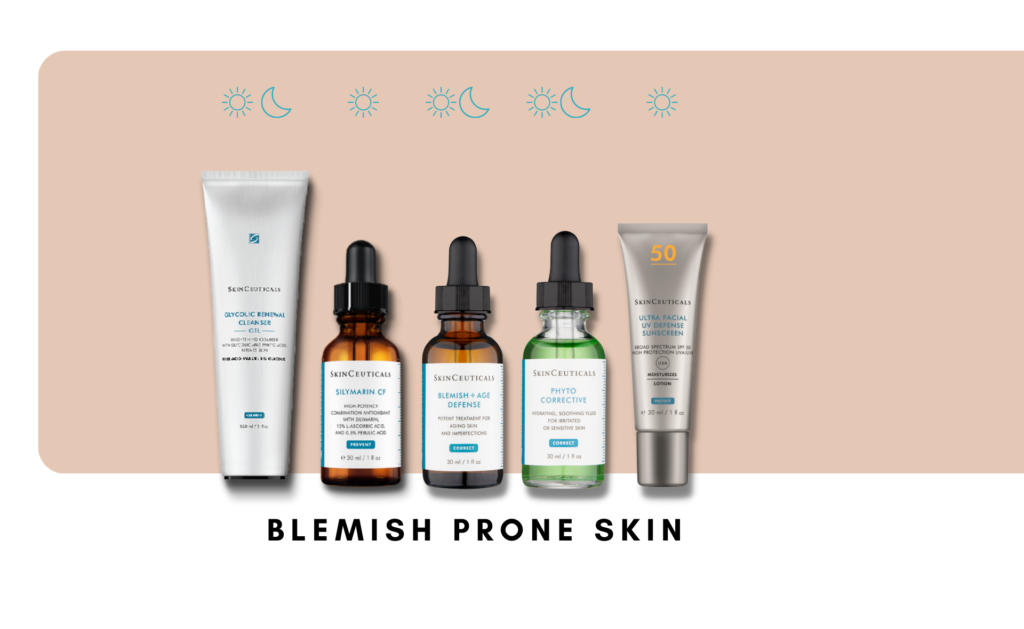Showing Results For “spf”
What is the Obagi System?
Before your Obagi treatment commences, a full consultation and assessment is carried out with one of our highly trained Medical Aestheticians. A suitable product regime is then prescribed and products can be experienced at your leisure at home or in-clinic, in combination with the Obagi Radiance Peel.
The treatment consists of a course of seven products applied on a daily basis to replace your usual daily skincare regime:
- Cleanser
- Toner
- Clear
- Exfoderm
- Blender + prescription Vit A
- Hydrate
- SPF 50+
At all times your progress is monitored to ensure you achieve the best possible results for your complexion.*
Obagi also offer an incredible range for patients with acne, rosacea or mild skin issues. Speak to one of our friendly Medical Aestheticians to find out which program best suits your skin. Now, also at Cavendish Clinic, Obagi’s new non-prescriptive skincare line, Obagi 360, designed to suit younger skins.*
What does the procedure feel like?
You will experience a gentle warming of your skin’s surface during the treatment. You can immediately return to your normal routine, using SPF if you will be outdoors.
Laser Genesis
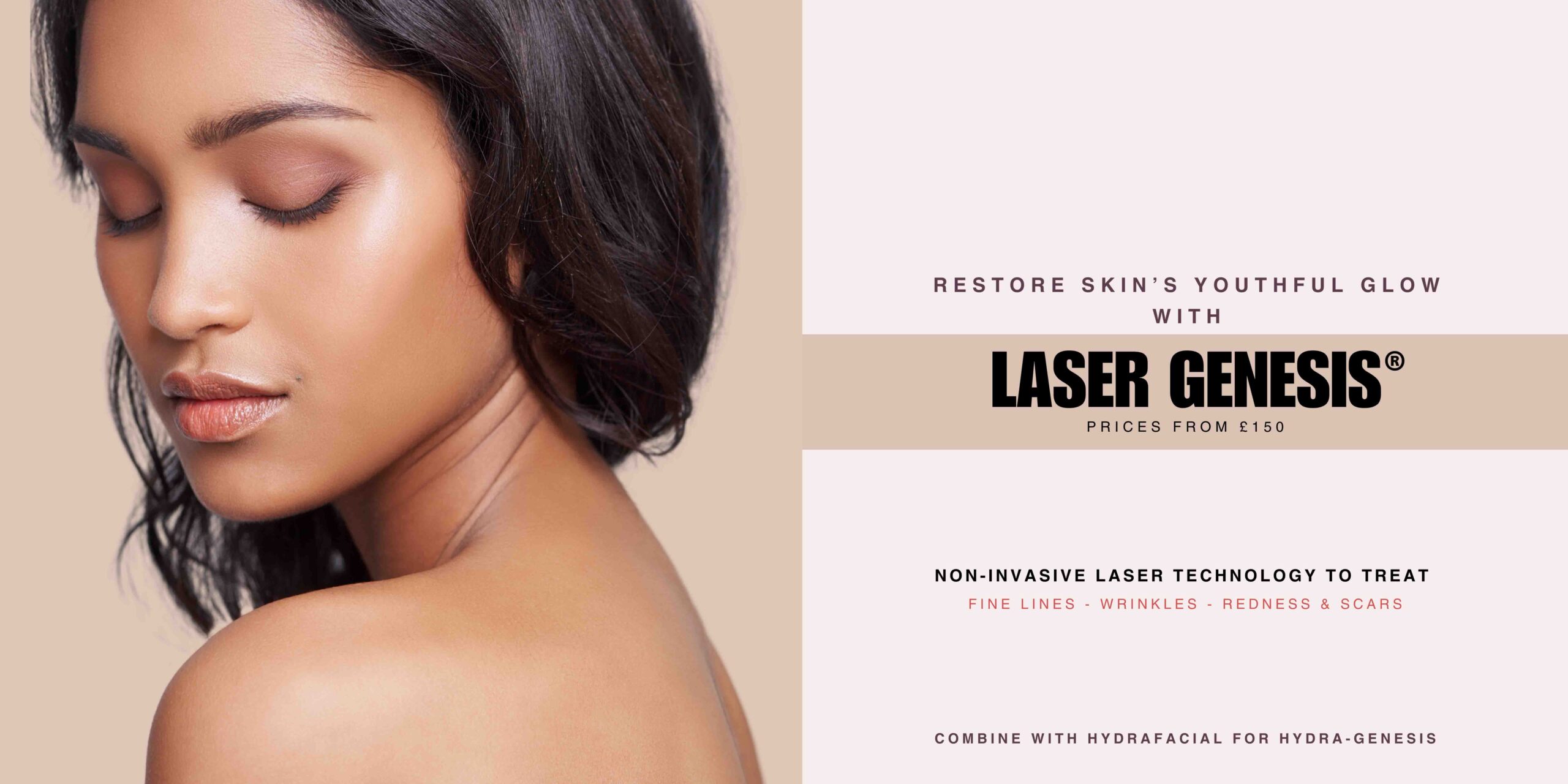
WHAT IS LASER GENESIS?
The Laser Genesis difference…
Promote a vibrant and healthy-looking complexion with Laser Genesis skin rejuvenation at Cavendish Clinic. Non-invasive laser technology to safely, naturally and effectively treat fine lines, wrinkles, facial redness and scars.
Not like a regular facial, at Cavendish Clinic we use advanced technology to rejuvenate the skin cells, boost collagen production, and improve skin texture and tone for truly incredible results. With no downtime required, our laser facials are tailored to your bespoke skin concerns, without the need for invasive treatments. Laser Genesis skin therapy stimulates natural processes to unlock anti-ageing’s best kept secret. Promote vibrant and healthy looking skin in men and women. Now you can have a more youthful appearance by treating conditions that are typically associated with ageing and sun damage.
WHAT AREAS DOES LASER GENESIS TREAT?
Over the course of four to five treatments, it can help restore the skin’s youthful glow and appearance. The individual treatment results are subtle, but the overall effect of multiple treatments can be quite dramatic. Laser Genesis can:
• Safely and gently treat diffuse redness
• Fade acne scarring
• Continuously stimulate new collagen production
• Reduce the appearance of fine lines
• Naturally promote a healthier look
WHAT ARE THE BENEFITS OF LASER GENESIS?
The procedure uses non-invasive laser technology to safely, naturally and effectively treat fine line wrinkles, diffuse redness and scars. You can expect to see consistent results after each treatment. Treatments can be performed in a relaxed, comfortable manner without the use of topical anaesthetics.
HERE IS HOW
PRICES FROM £150
WHY CHOOSE CAVENDISH CLINIC?
Alongside the world’s number one body contouring experts, we offer the widest range of treatments which we can discuss with you in your complimentary consultation with one of our experts. You will leave your consultation with a clear understanding of a bespoke treatment plan and what results you can expect.
We pioneered coolsculpting in the UK and have carried out over 20,000 treatments. This unrivaled expertise means you can rely on our decade of Coolsculpting experience.
Cavendish was founded in 2011 by Plastic Surgeons and Consultants from London’s leading hospitals to provide medical expertise and a five-star customer experience.
We offer free consultations with doctors and 0% finance.

FAQ
-
What Areas Can Be Treated?
Our Laser Genesis patients report effective results for the face and neck area. Additionally, your practitioner may recommend this therapy to reduce the appearance of recent scars on other parts of the body.
-
What is Diffuse Redness?
Diffuse redness refers to facial redness such as rosy cheeks. This condition is caused by dilated capillaries, resulting in an appearance of general redness, rather than well-defined vessels. The most commonly affected areas are the nose, forehead and cheeks and is often associated with a condition called rosace. Laser Genesis will help your appearance by gently treating and reducing this condition.
-
What Does The Procedure Feel Like?
You will experience a gentle warming of your skin’s surface during the treatment. You can immediately return to your normal routine, using SPF if you will be outdoors.
-
How Does Laser Genesis Work?
By gently heating the upper dermis well below your skin’s surface, Laser Genesis improves the appearance of wrinkles through collagen stimulation. Additional heat is generated in dilated capillaries to reduce redness.
-
How Many Treatments Will I Need?
On average, you may require four to six treatments in order to achieve optimal results. Every patient’s condition and individual needs vary. For more information about your expected results or the number of treatments necessary, discuss with your practitioner in your initial consultation.
Typical Costs
-
Laser Genesis
Single: £150 | Course of 3: £425 (Save £25)
-
HydraGenesis
Single: £210 | Course of 3: £630
AVAILABLE AT THE FOLLOWING CLINICS:
LONDON
-
51.5167,-0.1402
Fitzrovia Clinic
Cavendish Clinic: Fitzrovia
65 Margaret Street
London
W1W 8SP -
51.4734,-0.1969
Parsons Green
Cavendish Clinic: Parsons Green
185 New Kings Road
Parsons Green
SW6 4SW -
51.5029,-0.1917
Kensington
Cavendish Clinic: Kensington
13 Kensington Church Street
Kensington
W8 4LF
ENGLAND
52.0455,-0.7515
Milton Keynes
Cavendish Clinic at John Lewis
Marlborough Gate
Milton Keynes
MK9 3EP
SCOTLAND
55.9550,-3.1878
Edinburgh
Edinburgh John Lewis, Floor 2
60 Leith Street
Edinburgh
EH1 3SP
speak to our experts

Other Face Treatments
Dermapen
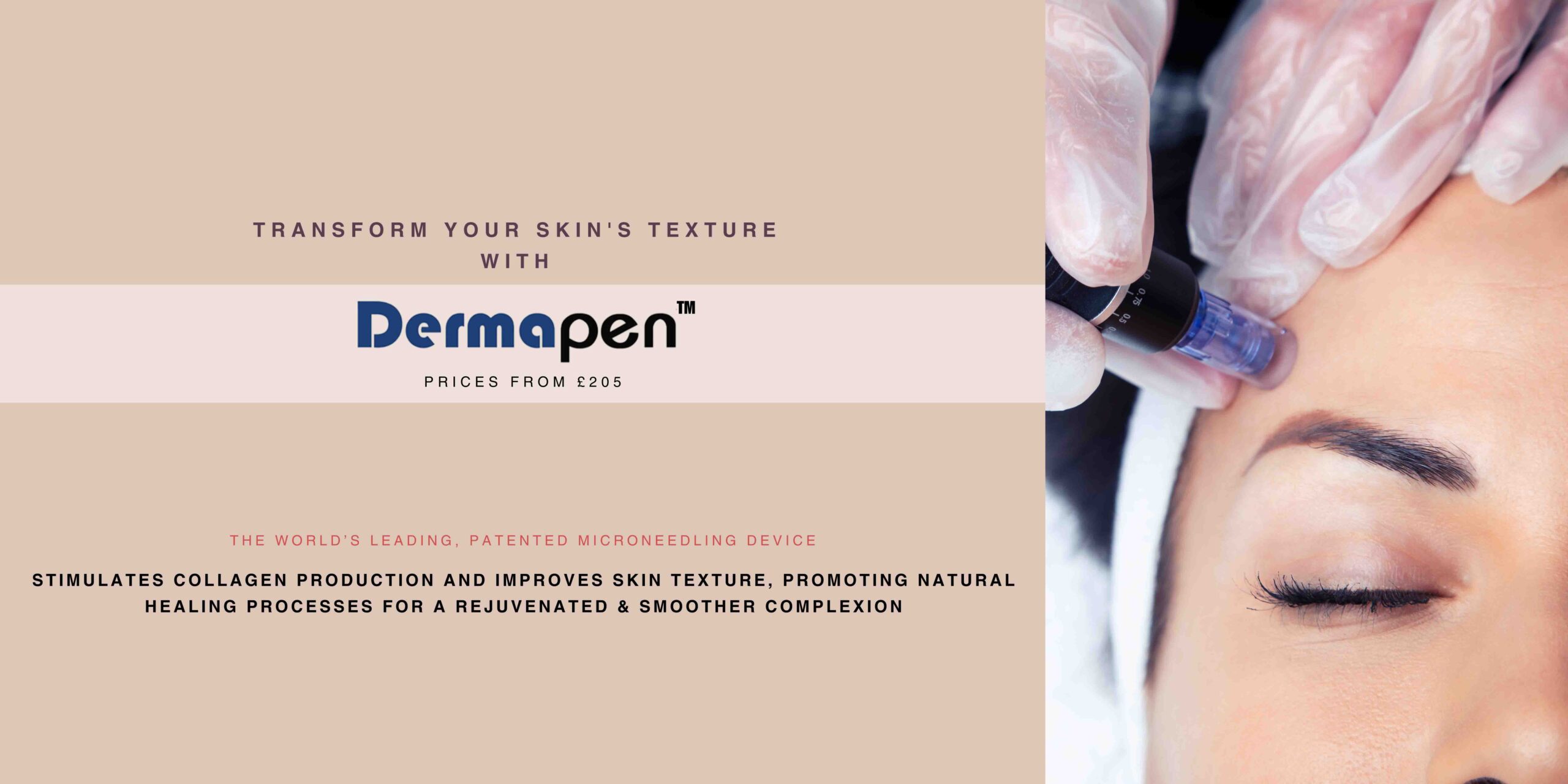
WHAT IS DERMAPEN?
Dermapen®has revolutionised microneedling, and is suitable for all skin types. We can improve lines and wrinkles, dull aged, or congested skin, pigmented skin, scarring, stretch marks, and sun-damaged skin. With Dermapen there is very little downtime and results are long-lasting, as your face and body are triggered into producing new, natural collagen and elastin to refresh your skin.
Dermapen® is the latest method of microneedling. We pass the pen over the area to be treated, triggering the body’s wound-healing response and encouraging the body to renew the skin cells in that area. While the body repairs the skin, it increases the production of collagen and elastin, immediately plumping the area, and diminishing the appearance of wrinkles. As the body repairs the skin, you will also see scarring, pigmentation, and sun damage decreasing.
A course of three Dermapen® treatments is usually recommended, spaced at six to eight-week intervals to achieve optimum results, however, you may notice an improvement after only one treatment.*
WHAT ARE THE BENEFITS OF DERMAPEN MICRONEEDLING?
WATCH HOW HERE
PRICES FROM £205
WHY CHOOSE CAVENDISH CLINIC?
Alongside the world’s number one body contouring experts, we offer the widest range of treatments which we can discuss with you in your complimentary consultation with one of our experts. You will leave your consultation with a clear understanding of a bespoke treatment plan and what results you can expect.
We pioneered coolsculpting in the UK and have carried out over 20,000 treatments. This unrivaled expertise means you can rely on our decade of Coolsculpting experience.
Cavendish was founded in 2011 by Plastic Surgeons and Consultants from London’s leading hospitals to provide medical expertise and a five-star customer experience.
We offer free consultations with doctors and 0% finance.

FAQS
-
What is a Dermapen?
A Dermapen is a microneedling device used to stimulate collagen production, improve skin texture, reduce scars, and enhance skin rejuvenation.
-
Is it right for me?
Dermapen® can be effective in treating the following skin concerns: Acne scarring Dull and sagging skin Fine lines and wrinkles, pigmentation, and sun damage.
-
How many Dermapen® treatments will I need?
This will vary depending on your skin concern, and the current condition of your skin. Those with mild wrinkles and fine lines may see improvement after one treatment, however, a minimum of three treatments is recommended for best results. If acne scarring is your concern, you may need up to six treatments, however, this will be determined following a thorough consultation with one of our expert aestheticians.
-
How long until I see results from Dermapen®?
Whilst healing time will vary from person to person, you will usually start to see results within the first few days after your treatment. Even a light treatment can improve the appearance of your skin texture and brighten your complexion. -
How does Dermapen® differ from a dermaroller treatment?
A Dermapen® treatment is less painful than a dermaroller treatment, and involves less recovery time. The size and design of Dermapen® allows it to be used in areas where a dermaroller will not fit, such as the crease of the nose, along the upper lip and across the chin. -
Is it painful and what will my skin be like afterwards?
Before the procedure commences a topical anesthetic is applied to your skin to ensure your comfort. Immediately after the treatment, it’s normal for the skin to look like you have mild sunburn and may feel warm and tingly. These reactions start to subside after a few hours, completely healed within a 24-48 hours.
-
Can I wear makeup after the treatment?
It’s best to avoid makeup for at least 24 hours post-treatment to prevent any potential irritation.
-
How and what products should I use after a Dermapen session?
Keep the skin clean and moisturised, we recommend b5 Hydration by SkinCeuticals. Avoid direct sunlight for a few days, always use an SPF50 (sunscreen), and avoid using harsh skin products until the skin has fully healed.
Typical Costs
-
Face (one area)
Single: £205 | Course of 3: £570 (Save £45) | Course of 6: £1,107 (Save £123)
-
Face add-on Chest (two areas)
Single: £255 | Course of 3: £707 (Save £58) | Course of 6: £1,377 (Save £153)
-
Body (one area)
Single: £225 | Course of 3: £624 (Save £51) | Course of 6: £1,215 (Save £135)
AVAILABLE AT THE FOLLOWING CLINICS
LONDON
-
51.5167,-0.1402
Fitzrovia Clinic
Cavendish Clinic: Fitzrovia
65 Margaret Street
London
W1W 8SP -
51.4115,-0.3066
Kingston Clinic
Cavendish Clinic: Kingston
Ground Floor, John Lewis
Wood Street
London
Kingston upon Thames
KT1 1TE -
51.4734,-0.1969
Parsons Green
Cavendish Clinic: Parsons Green
185 New Kings Road
Parsons Green
SW6 4SW -
51.4931,-0.1566
Sloane Square
Cavendish Clinic: Sloane Square
At Peter Jones – John Lewis Floor 1
Sloane Square
London
SW1W 8EL -
51.5029,-0.1917
Kensington
Cavendish Clinic: Kensington
13 Kensington Church Street
Kensington
W8 4LF
ENGLAND
-
52.2036,0.1227
Cambridge
Cavendish Clinic: Cambridge
Cavendish Clinic at John Lewis
Grand Arcade
10 Downing Street
Cambridge
CB2 3DS -
52.0455,-0.7515
Milton Keynes
Cavendish Clinic: Milton Keynes
Cavendish Clinic at John Lewis
Marlborough Gate
Milton Keynes
MK9 3EP -
50.9033,-1.4069
Southampton
Cavendish Clinic: Southampton
Cavendish Clinic at John Lewis
23 Harbour Parade
Westquay Shopping Centre
Southampton
SO15 1QA
SCOTLAND
-
55.8586,-4.2466
Glasgow
Cavendish Clinic: Glasgow
24-26 Wilson Street
Glasgow
G1 1SS -
55.9550,-3.1878
Edinburgh
Cavendish Clinic: Edinburgh
Edinburgh John Lewis, Floor 2
60 Leith Street
Edinburgh
EH1 3SP
Speak to our experts
Our team of experienced consultant doctors, aesthetic nurses and aestheticians are here to help. Whether you have a question big or small, want some further information or would like to arrange a consultation/treatment, fill your details in below and we will be in touch as soon as possible.
